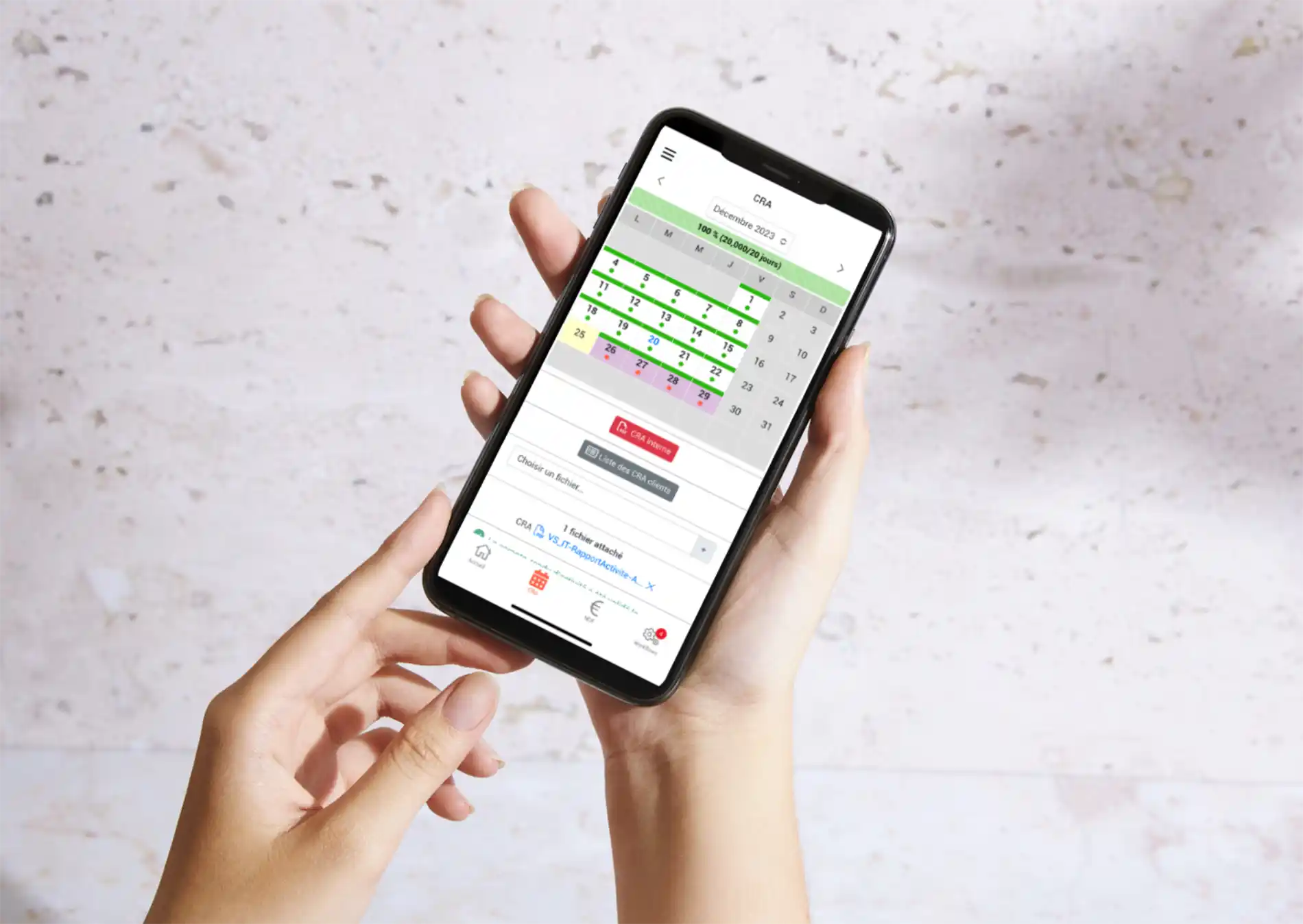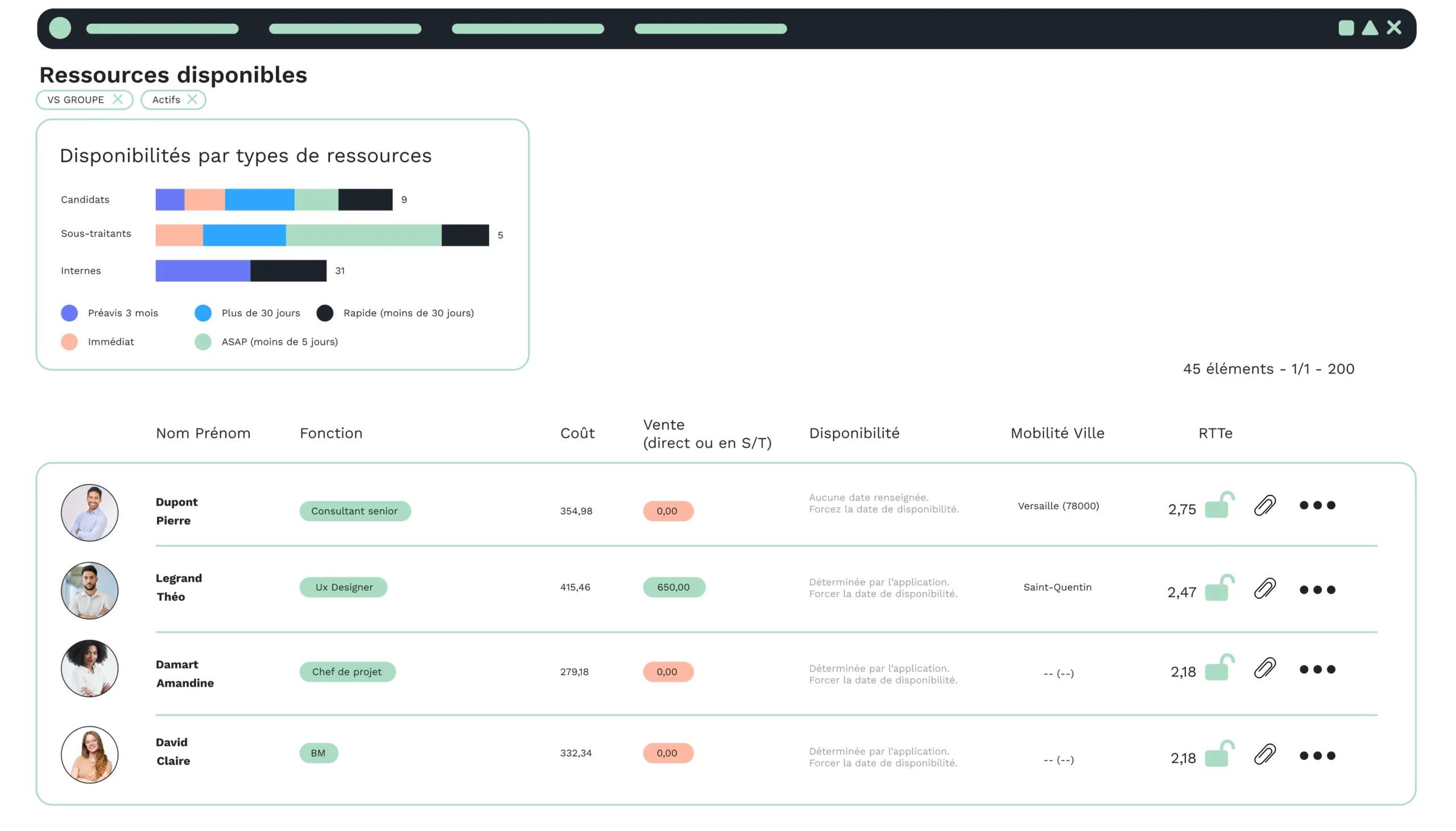When you choose to implement an enterprise resource planning (ERP) system in your company, you are aiming to solve a number of management issues.
After researching the ERP market, running trials or demos, or both, and after several months in use, it’s time to find out whether your project has been a success. Does the ERP package meet your needs? Did you exceed your budget? Several indicators can be taken into account to analyze the success of enterprise software implementation.
In this article, we give you the key performance indicators (KPIs) you can analyze to find out if your Enterprise Resource Planning (ERP) solution is the right one for you.
What companies expect from an ERP
First of all, it’s important to understand what companies expect from business management software when they choose to integrate it.
In managing their business, organizations can encounter a number of problems:
- Difficulty in obtaining key business indicators.
- Heavy use of Microsoft Office suite, especially Excel, in day-to-day management.
- Absence of company data consolidation.
- Tools not interfaced with each other.
- A lot of manual input leading to typing errors.
- Slow processing times.
- Departures of key employees in charge of the information system.
- etc.
To meet these challenges, companies are turning to ERP solutions. According to a number of surveys and customer testimonials, an ERP system offers many benefits in terms of company management:
- Access to cross-functional reporting and business vision.
- Greater operational efficiency.
- Growth and competitiveness.
- Time-saving.
- Data reliability.
- Predictive indicators.
- Better communication between employees.
- Documents brought into line.
When you decided to implement ERP software in your company, you had several objectives in mind. Achieving these aspirations, and resolving any management difficulties, will determine whether your Enterprise Resource Planning implementation is a success.
To do this, we’ve identified key indicators to help you analyze whether your project is a success.
KPIs to measure the success of your ERP implementation
The success of an ERP project cannot be measured in quantitative terms alone. It’s not just a question of whether you’ve exceeded your budget, or whether you’ve amortized your expenses, etc. It’s also a question of how you’re doing.
The aim is to find out whether the management software package meets your needs and enables you to continue growing.
Remember, when you drew up your ERP specifications, you outlined a number of business management complications and the business processes you wanted to improve.
Through KPIs, you’ll be able to measure the achievement of your objectives. However, it’s important to note that successful integration of a management solution isn’t calculated solely from a financial point of view.
You have, for example, team cohesion or transparency, which are not quantifiable.
In short, to measure the success of your project, you’ll have qualitative and quantitative performance indicators.
Depending on your objectives, here are the key success indicators you can take into account to measure the success of your ERP implementation.
This list is not exhaustive, but gives you an idea of how to measure your success.
Qualitative KPIs for the success of your ERP project
Productivity
Have you saved time in your processes? Have you gained a better overview of your business? etc.
It’s time for a before-and-after comparison.
- Save time: how long does your recruitment process take? Billing? Pay? etc.
- Reporting: how many tracking files have you created? How long does it take to get a report?
- Do you have any forecast indicators at your disposal?
- Are you still re-entering data?
- Data entry errors: number of errors found on invoices? Payroll? Expense reports? etc.
- Do you carry out checks to ensure that the data is reliable?
- Can your solution be interfaced with other tools? (Payroll, accounting, etc.)
Employee satisfaction
ERP must support your employees in their day-to-day tasks. To be effective, the solution must be adopted; Evaluate the integration of the solution with your employees:
- Positive and negative feedback.
- Is the solution used autonomously by employees or at the request of managers?
Communication
By facilitating access to the company’s information system, ERP should help you to communicate with your staff, improve communication between the various business functions and give your company a more modern image. To assess whether you have achieved this communication objective, you can :
- Conduct a perception survey of your company among your employees.
- Analyze the reach of corporate communications, for example, by assessing employees’ knowledge of a subject, or by measuring the readership rate of press releases.
Quantitative KPIs for the success of your ERP project
The cost of the project
How much did ERP cost you? And how much does it still cost you today? By choosing to integrate an ERP solution in SaaS mode, you’ve already saved on hardware such as servers, infrastructure and so on.
You have the cost of the solution, on the one hand:
- Internet connection.
- Subscription to the solution.
- The number of users, which may have changed since implementation.
- Training employees to use the SaaS software package.
And the savings you’ve made, on the other hand:
- Software maintenance.
- Supplies such as paper, envelopes, stamps, etc.
- Compliance costs: by choosing a comprehensive solution, you’ll have documents that meet the regulatory requirements of your sector.
- In terms of administrative staff, have you hired more people to manage your administration, or has your headcount remained stable?
Performance by department
Have you been able to improve your profitability?
Analyze performance in relation to the objectives of each business.
- For sales management: have you improved the customer experience?
You can measure this in terms of positive or negative reviews, for example. Has the number of new customers acquired increased? The number of loyalty wins? etc.
- For human resources management: are you making better use of your human capital?
You can measure this by the number of intercontracts you have, for example.
- For purchasing management: have you reduced your costs?
To measure this, you can monitor your negotiations with suppliers and see how many discounts you’ve obtained, how much you’ve spent compared with the previous year, for example.
Now you have an overview of how to measure the success of your ERP project. As mentioned above, these indicators depend on your objectives and the problems you want to solve. There are many other measures to consider.
To conclude on how to measure the success of an ERP implementation
When companies make the strategic decision to invest in ERP software, they want to respond to management issues that are holding back their growth.
The implementation of an integrated management software package involves several key company functions, such as purchasing, finance, human resources and so on.
Its main objective is to increase the company’s competitiveness. To do this, it needs to choose the right solution.
After several months of use, the first benefits of ERP can be seen, whether in processing times, manual data entry, communication, etc.
The benefits of ERP SaaS software are both quantitative and qualitative. You can analyze certain indicators to find out whether the project meets your expectations.
If you can achieve your objectives and the ERP system meets your requirements, your ERP project is a success.
Read also







